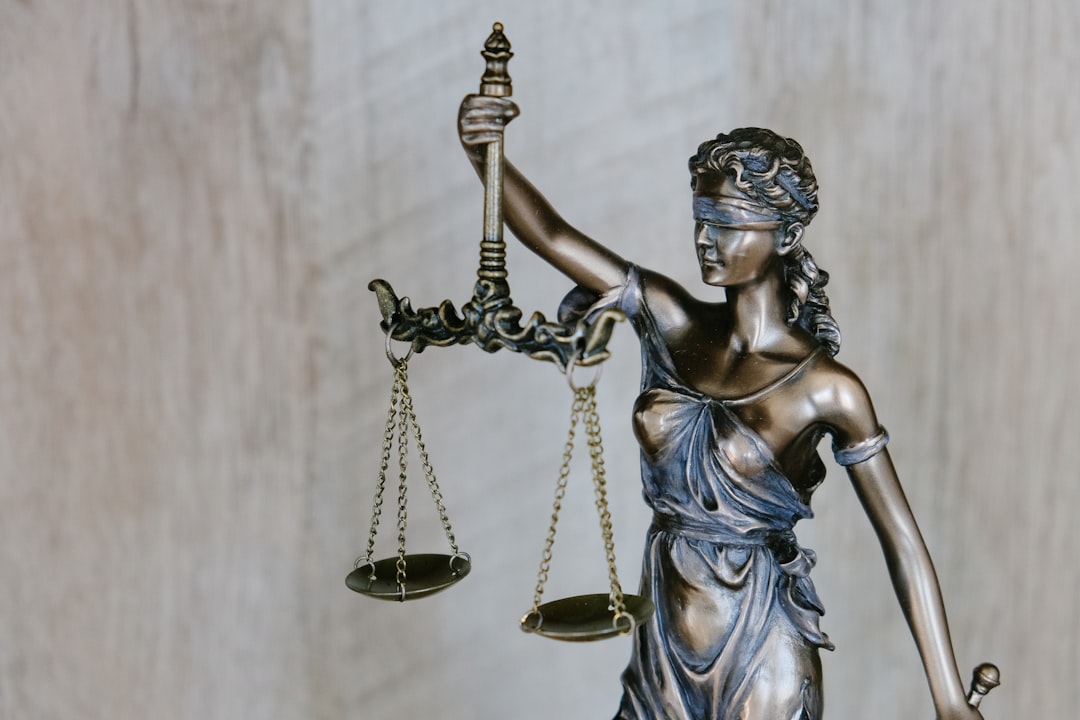In Kansas, focusing on safe teacher-student interactions is vital to prevent and address school abuse. Recent cases highlight gaps in policies, emphasizing the need for clear guidelines covering communication, personal space, discipline, and reporting mechanisms. These guidelines protect students, hold teachers accountable, and foster a supportive learning environment. A specialized Kansas school abuse lawyer is recommended for residents facing such issues, as they advocate for policy changes and ensure student rights are upheld.
In Kansas, ensuring safe and respectful teacher-student interactions is paramount. This article explores the critical need for clear guidelines to prevent potential issues, drawing insights from recent school abuse cases across the state. We delve into crafting effective policies, considering key elements like consent, boundaries, and reporting mechanisms. Additionally, we discuss implementation strategies to ensure these guidelines are embraced and enforced uniformly in Kansas schools, with a focus on empowering educators and safeguarding students, especially when seeking help from a school abuse lawyer.
Understanding the Importance of Guidelines in Teacher-Student Interactions

In Kansas, as in many educational settings across the nation, teacher-student interactions are pivotal to a student’s overall learning experience and well-being. However, without clear guidelines, these interactions can sometimes veer into problematic territories, especially concerning issues of school abuse. Establishing comprehensive guidelines is essential to foster a safe, respectful, and productive environment for all students. Such guidelines serve as a beacon, outlining the boundaries and expectations of appropriate communication and behavior between educators and their pupils.
By implementing clear protocols, Kansas schools can prevent potential misunderstandings or abusive situations that may arise due to unclear or inconsistent interactions. These guidelines should encompass various aspects, including communication styles, personal space, disciplinary practices, and reporting mechanisms. A well-defined framework equips both teachers and students with a shared understanding of acceptable conduct, thereby promoting a culture of accountability and trust. Moreover, it enables quick resolution of issues and provides a solid foundation for addressing any concerns related to school abuse, ensuring the safety and integrity of Kansas’ educational institutions.
Identifying Potential Issues: A Look at School Abuse Cases in Kansas

In Kansas, like many states, ensuring safe and appropriate teacher-student interactions is paramount to maintaining a conducive learning environment. Identifying potential issues requires a deep dive into past cases, particularly those involving school abuse. Over the years, various instances of abuse have come to light, highlighting the need for stringent guidelines. These incidents range from physical assault to inappropriate relationships, underscoring the importance of clear boundaries and protocols in educational institutions.
School abuse lawyers in Kansas have played a crucial role in exposing such cases, bringing them to the forefront and advocating for changes. The frequent occurrence of these issues underscores the gap in existing policies, leading to calls for stringent regulations that protect students while ensuring teachers maintain professional conduct.
Crafting Effective Guidelines: What Should Be Included?

Creating clear and comprehensive guidelines for teacher-student interactions is paramount in fostering a safe, supportive learning environment, especially in light of the importance of preventing and addressing potential school abuse. These guidelines should cover various aspects to ensure all parties understand their roles and responsibilities.
In Kansas, where instances of school abuse have been brought to light, the guidelines must be robust enough to prevent any form of misconduct while promoting positive relationships. They should include clear definitions of appropriate boundaries, expected behaviors, and procedures for reporting concerns or incidents. Additionally, these guidelines should emphasize the importance of maintaining confidentiality, ensuring students feel comfortable sharing issues without fear of retaliation. Moreover, they should provide specific instructions on handling different scenarios, such as disciplining students fairly while respecting their rights and involving parents or guardians when necessary.
Implementing and Enforcing these Guidelines in Kansas Schools

Implementing and enforcing clear guidelines for teacher-student interactions is a critical step in fostering a safe and supportive learning environment in Kansas schools. These guidelines, which address appropriate boundaries, communication protocols, and reporting mechanisms, serve as a robust defense against potential school abuse. By establishing these standards, educational institutions in Kansas can ensure that teachers are held accountable for their actions and students feel secure in expressing themselves without fear of misconduct.
Kansas schools should invest in comprehensive professional development programs to educate teachers on the new guidelines, ensuring they understand not only the what but also the why behind these policies. Regular reviews and updates to the guidelines should be conducted to stay current with evolving legal standards and best practices. Moreover, fostering an open culture where students feel comfortable reporting any incidents of inappropriate behavior can significantly enhance the effectiveness of these guidelines in preventing and addressing school abuse.






